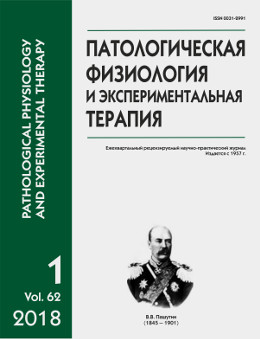Good Example of Dialoge of Cultures
Abstract
A book that keeps mother and child health records as one way foster the dialogue of cultures.
This is how the preparation for publication of the adopted Russian version of the Japanese book "Boshi Techo, Handbook of Mother and Child" comes across to us…
The name of this book is further specified as the « Diary of health of mother and child» The word « Diary» is used because it involves keeping personal information about mother's health starting from the first months of pregnancy, and for her child from the moment of birth up until twenty years of age. The book usefully combines advice by medical doctors, as well as information necessary for mother and child, and also for the whole family.
The idea of maintaining health data of future mothers and their children as part of permanent health records first came up in Japan in 1942. Japan had been involved in the war, which dramatically increased infant and child mortality - a group of doctors therefore suggested to start keeping such records with the purpose to involve general population in maintaining good health.
First, the book had the name of “The Handbook of Pregnant Women". During the post-war years, however, the book’s name changed several times as its contents expanded to include more information. One such important addition was the introduction of information for fathers-to-be (highlighting the role of fathers in raising children). A significant addition was also the introduction in 2012 of several new pages - e.g. with detailed information about vaccinations, infectious diseases, the colors of stool of newborn babies, as well as new chapters containing useful psychology tips for parents when in difficult situations.
In today’s Japan every expectant woman maintains these records until the child reaches 20 years of age and becomes an adult. It is when the book is passed onto them and remains in the family for generations. It is a source of information on many health-related issues and becomes very useful when medical assistance may be necessary. At the moment, Japan has the lowest infant and child mortality rates and Boshi Techo- as the Japanese usually call this book- plays its very special role.
In 2017, the Parents &Child Health Promotion Association translated the book into English and its history has had further development. Having studied the book together with Academician Gennady Sukhikh, I was clear that implementing Japan’s cultural experience in public health would be a good addition to attracting Russian citizens to participate in preserving family health. Of course, it is a well known fact that all citizens of Russia have the Right to Health, along with other fundamental rights, according to Russia’s Constitution. But the right guaranteed also means having Responsibilities for keeping good personal health and maintaining good health in the family. Our colleagues in Japan accepted with great enthusiasm our proposal to publish and disseminate the book "Diary of health for mother and child”, adopted to reflect Russia’s legislation and realities. They even prepared the layout of the book in Russian. A number of well-known Japanese companies provided sponsorship. The staff of the Russian Research Centre for Obstetrics, Gynecology and Perinathology named after Academician Kulakov has done a great job adapting the text to reflect Russian’s own Laws and cultural traditions.
The book is ready to go to print. We are sure that such cooperation in the period of Globalization a good example of Dialogue of Cultures of Russia and Japan , and even more so given that 2018 becomes the year of Japan in Russia, and Russia in Japan.






